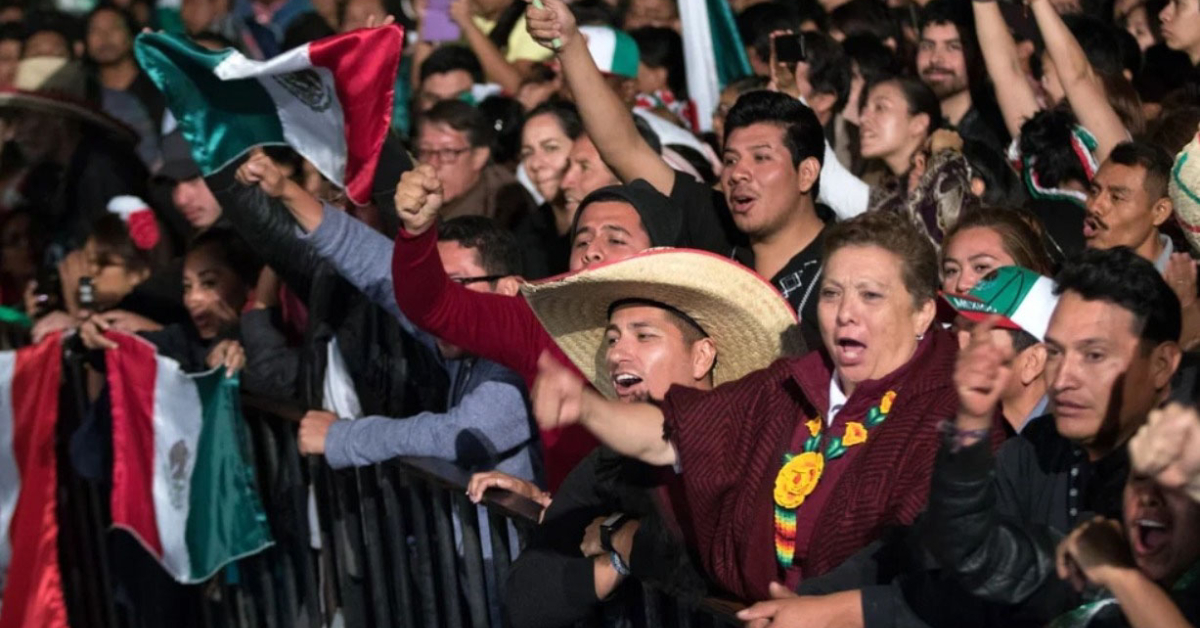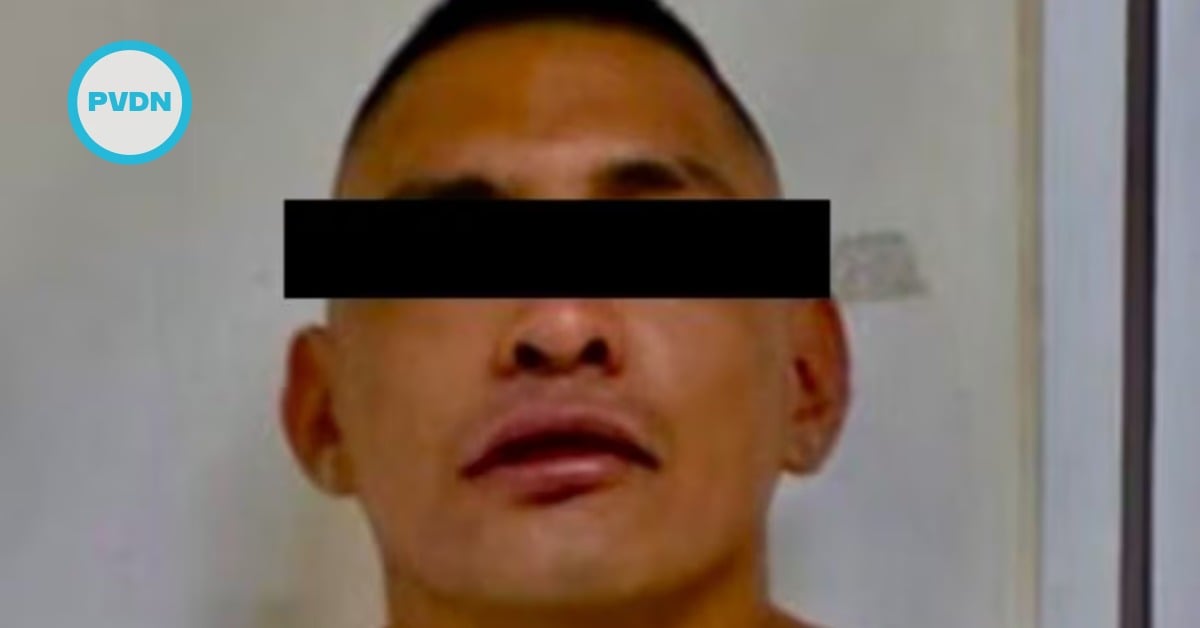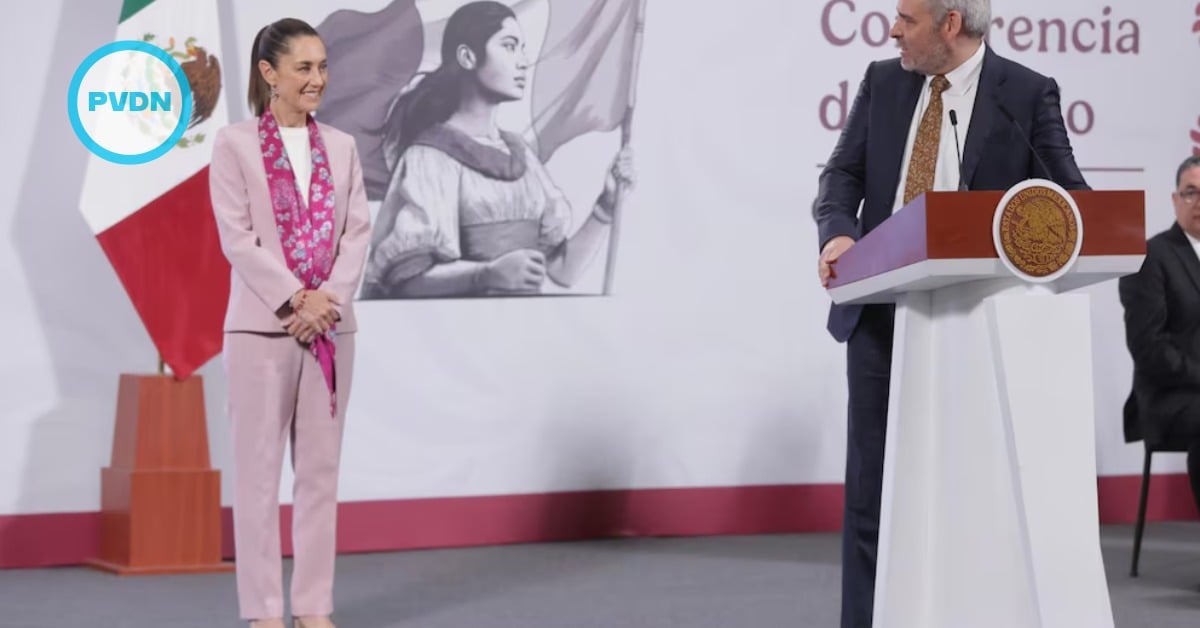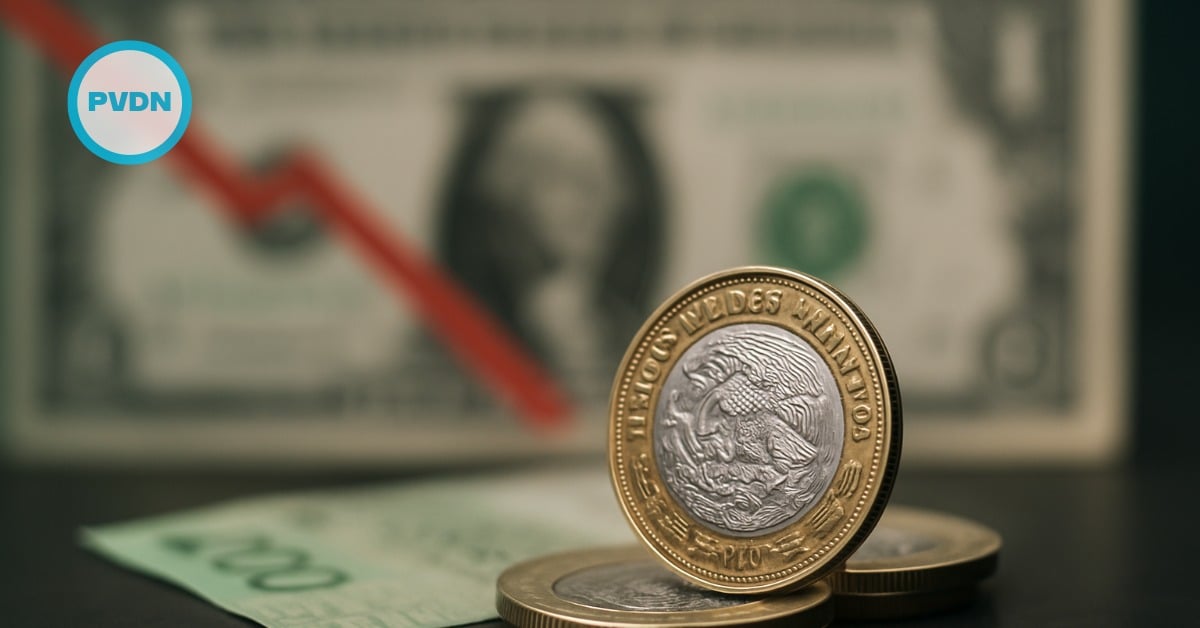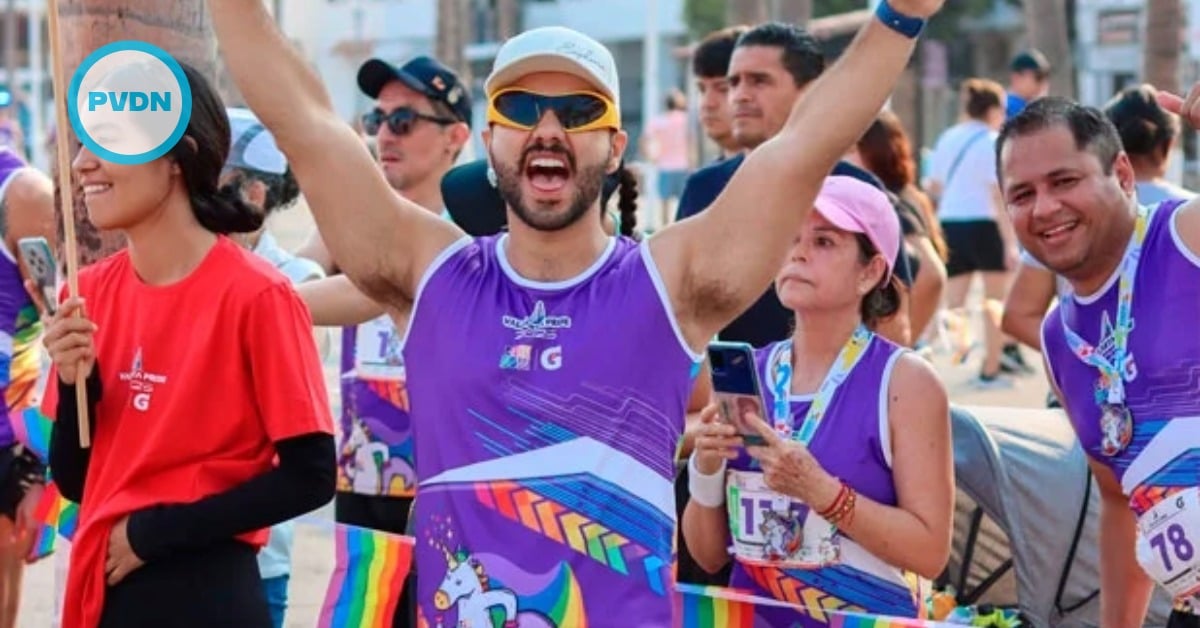In Mexico, every September 16 the country stops, the bulk of the population rests, the streets empty, and Armed Forces aircraft fly over the skies of the capital. This is the commemoration of national independence. However, despite what is commonly believed, the country did not a…
